ZZ Top's roots from playing the bar scene in Houston, Texas, are important to the conversation Texas, as previously noted, is enormous Between 1970ZZ plant naturally thrives in low humidity and periods of drought It's best to water when the top inch or so of the soil dries It hates overly moist or soggy soil Fertilize it once every six months or so with a generalpurpose fertilizer labeled for use on houseplants Repot your ZZ plant if it If many of the leaves on your ZZ plant are yellowing and you see the stalks drooping, carefully pull out the plant from the pot and inspect the roots Root rot should be easy to spot as the roots will be mushy, darker, and will likely have a foul smell Remove the damaged roots, remove soil around the affected area

Propagating A Zz Plant Rooting Stem Cuttings In Water 5 Steps Instructables
Zz root rot yellow leaves
Zz root rot yellow leaves- The ZZ plant is a member of the Araceae (arum or aroid) family According to GRIN Taxonomy, there are 106 genera in this family Some of the genera have many species, from Philodendron with 66 species to Zamioculcas with only one species Altogether there are about 3700 species of Araceae All are monocots that have flowers borne in a type of The ZZ plant is a notoriously low water plant as in VERY infrequent watering is it's jam!




Zz Indoor Plant At Urban Roots Buffalo Ny Buffalo Niagaragardening Com
Dividing the plant is the best way of ZZ Plant propagation You can divide your plant in two or multiple parts from the root and plant in different small pots Also, you can put healthy stem in water and when roots are developed, shift the plant is pots with soil Keep changing water while growing roots from the stem The ZZ plant is technically a flowering plant, but it likely won't produce flowers in a home or office setting A ZZ plant might be quite small when you buy it, but it can grow to three or four feet when fully mature ZZs are also known for their unique root system, which is composed of bulblike formations known as rhizomesZZ plant doesn't like to be root bound as it affects the growth of the plant When a plant is root bounded, it doesn't have enough space to expand its roots The roots have displaced most of the soil, leading to a deficiency of oxygen, water, and nutrients in the plant Repot the ZZ plant in a bigger pot to prevent further damage
The most common reason for yellowing leaves in ZZ plants is overwatering which leads to root rot However, yellowing leaves can also be a sign of underwatering, and more rarely can be due to extremes of temperature, light or fertilizing issuesThe ZZ plant's thick, glossy leaf stalks provide brilliant green color to bring your room to life 6" Requires medium to low light Medium water needs Keep the soil slightly on the dry side Light Level Low to Medium Indirect LightThe ZZ is a rhizome plant that's a real joy to grow and to have displayed within a home Many people mention it's a slow grower, however, one I grew one a few years go that only took about 3 years to grow stems as long as 2ft, which is not that slow
How to Root ZZ Plant Cuttings Take your ZZ plant leaf cuttings from mature stems Allow the cut end to callus over for a few hours Then insert it into your medium, cut end down Place in a warm area with bright light during the day Check forUnited Nursery 14 in to 16 in Tall ZZ Plant Zamioculcas zamiifolia Plant in 6 in White Decor Pot Model# (7) $3098 Add To Cart Compare Pure Beauty Farms 15 Qt ZZ Plant Zamioculcas in 6 in Grower's Pot (2Pack) Model# DC6ZZPLANT2 The spotless leaves are waxy and so deep green that sometimes these plants are mistaken as artificial They are slowgrowing plants, so you won't need to repot often, but if you do plant or repot a zz, do so in the spring or summer when it's in an active growth phase The plants are mildly toxic to humans and animals




How Do I Save My Zz Plant From Root Rot Causes What To Do Simplify Plants




How To Care For The Stunning Raven Zz Plant How To Propagate It
The easiest way to propagate a ZZ plant is through division You can separate the dense clusters of stems into independent plants by simply making a clean cut through the rhizome (the much thicker, horizontal "root") You can also try stem and leaf cuttings, but they take much longer Cut a healthy stem in at least twoinch piecesZZ Plant is a plant that has no woody stem above ground, growing to 4560 cm tall It has a unique looking root system, potatolike roots and grows well in low or bright lighting conditions and with abundant or less amounts of waterBecause of their rhizome roots, they can go long periods of time without water Before you water your ZZ again, you should make sure the soil has completely dried out




Repotting Zamioculcas Plant In Modern Pot Zz Roots Leaves Pot Drainage Tools Soil On Floor Stock Photo By Sonyachny




How To Propagate A Zz Plant 3 Different Ways Houseplant Central
How to propagate a ZZ plant from leaf cuttings ZZ plant propagation is possible from a single leaf, just like with succulent propagationIt takes a good while to get a mature plant this way, but it means that you barely have to damage the mother plant to propagate it The ZZ plant has a bold, tropical look with glossy, green leaflets arranged along upright stems It looks similar to several cycads ( Zamia spp), which helps explain its Latin name ( Zamioculcas zamiifolia ) The common name is an abbreviation of the Latin name However, ZZ plant is technically an aroid and is more closely related to elephant The ZZ plant, short for Zamioculcas zamiifolia and nicknamed the Zanzibar Gem, is the perfect lowmaintenance and lowlight plant In this post, l'll review ZZ plant care and ZZ plant propagation The ZZ plant is native to parts of Africa While they're slow growing, they're incredibly easy to care for




Plantfiles Pictures Zamioculcas Species Aroid Palm Succulent Philodendron Zanzibar Gem Zz Plant Zamioculcas Zamiifolia By A Caruso
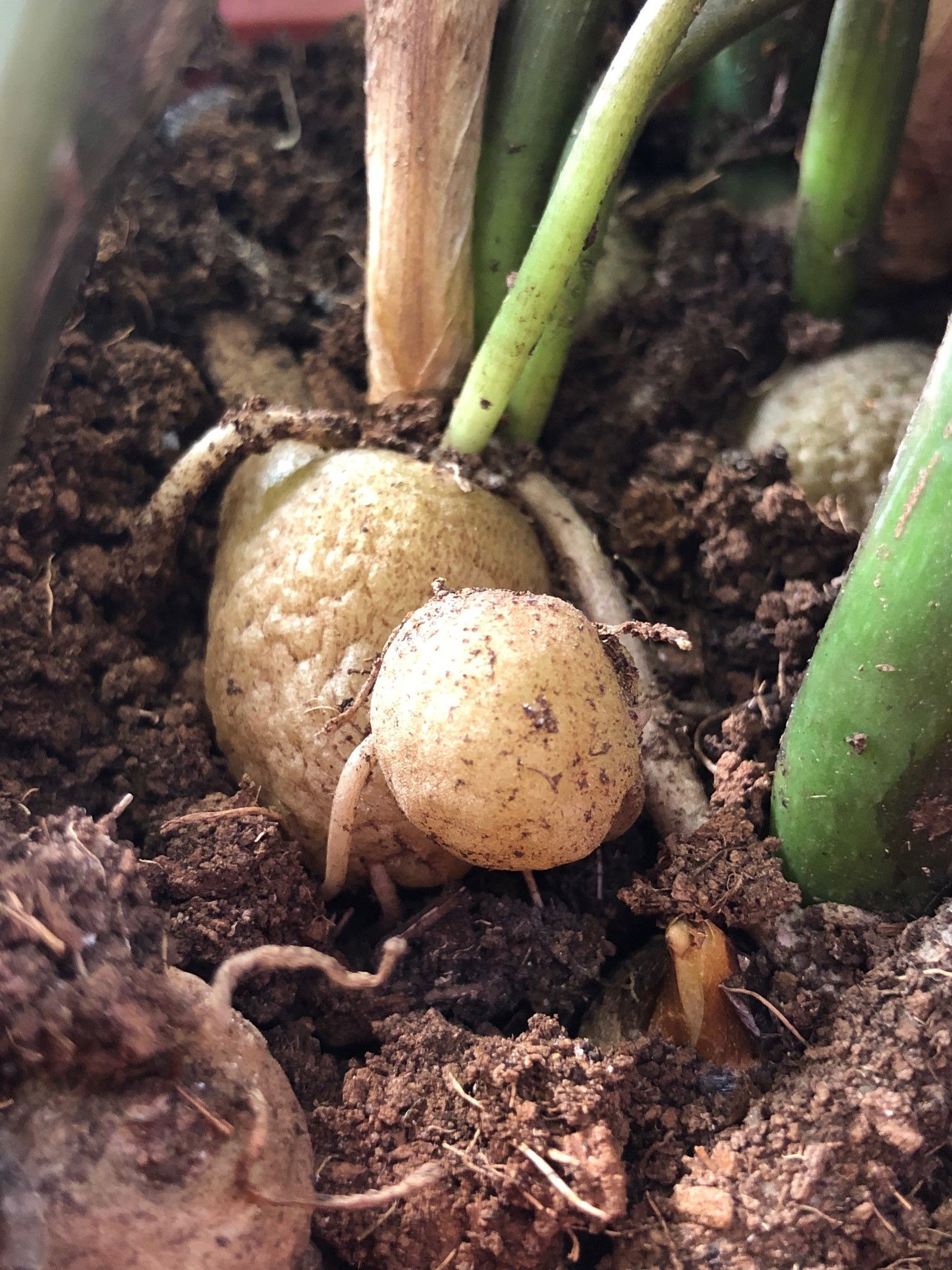



Our Guide On Zz Plant Care
ZZ Plant ZZ plants, Zamioculcas zamiifolia, are beautiful, unique, almost impossible to kill Succulent Plants that burst onto the market several years ago They have become an immediate hit Indoors, ZZ plants can survive in low to bright indirect light Since a ZZ plant is a slow grower even in good light, in low light these plants rarely The plant also registers slow growth, and it is probably going to hit a height of around five feet at most, but that can take years However, this is when everything is perfect In most cases, the ZZ plant is only going to grow to around two to three feet in height It's a rhizome plant, so it generally spreads via the roots There are a couple of ways to know when to repot a ZZ plant If the plant is not growing at all for a year or so, it could be a sign that it needs a new pot for growth The other reason is the rootbound plant For this, though, you will need to remove the plant from the pot and see how it's doing in the soil



Raven Zz From Amazon Warning Root Rot Houseplants
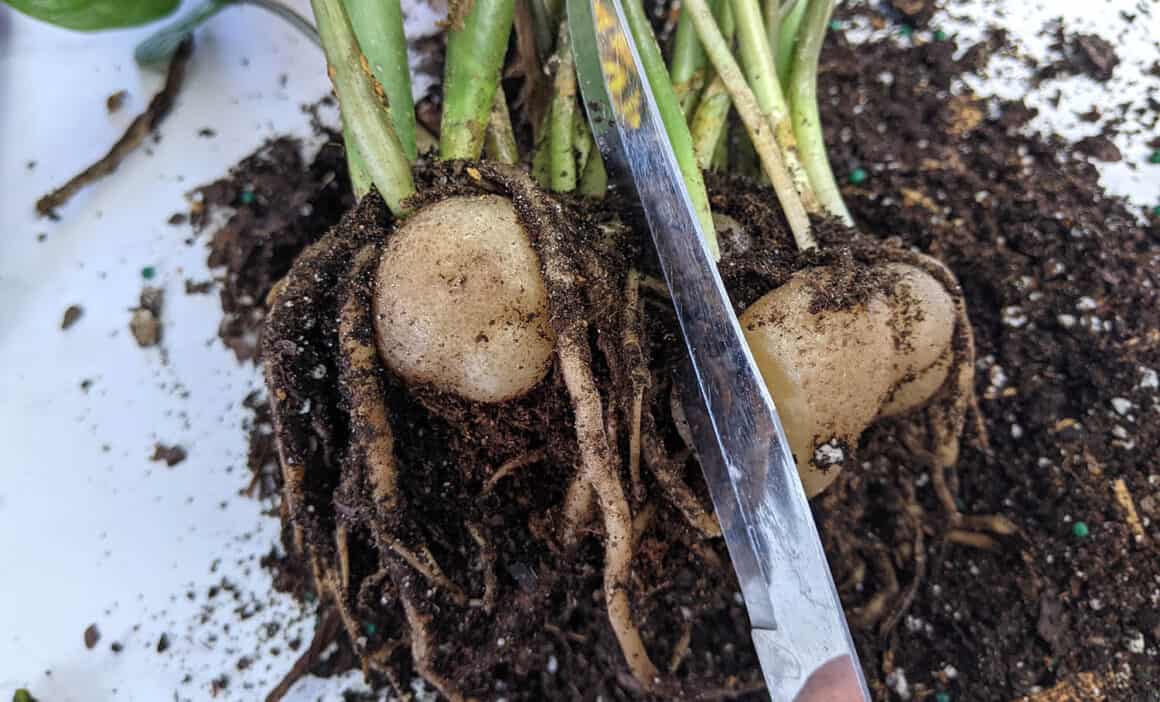



How To Divide A Zz Plant Helpful Tips For Propagation The Healthy Houseplant
ZZ plants are one of the most popular species of houseplant They have dark green leaves and a yellow stripe down the middle But sometimes, these striped leaves turn yellow for no obvious reason keep reading this blog post to find outIn this video we talk about the Zamioculcas Zamiifolia also known as the ZZ Plant These are the chapters if you want to skip forwardPurchase (0043)Plantin ZZ plants grow from large, thick rhizomes that resemble potatoes These rhizomes store water, which is why the plant does well during droughts and places where forgetful owners live Above A Zamioculcas is available in three sizes,



Dividing A Zamioculcas Zamiifolia Zz Plant Jack Wallington Garden Design Ltd




The Care Of Zz Plant Zamioculcas Zamiifolia Kalliergeia
The ZZ plant (Zamioculcas zamiifolia) gets its common name from its botanical name As Zamioculcas zamiifolia was long and difficult to say, many nursery workers simply shortened it to ZZ ZZ plant stems grow in a graceful, wandlike shape that starts thick and bulbous at the base and then tapers to a point ZZ Plants produce a compound called calcium oxalate that can cause irritation if it gets onto your hands or face This compound is mostly found in the sap of the plant, which resides inside the stem If you've been handling the stem or roots of your ZZ, there is a chance that you've been exposed to this compound Zamioculcas zamiifolia will usually be labeled as a zz plant or zanzibar gem, though you may also see it sold as an aroid palm or eternity plant It is native to the grasslands and forests of eastern Africa, where it is prone to long periods of droughts




Zz Indoor Plant At Urban Roots Buffalo Ny Buffalo Niagaragardening Com



1
5 or 6 long stems broke off in the process so I decided to get on with propagating my ZZ Plant by rooting these stem cuttings in water I'd never propagated long stems of a ZZ Plant in water before so I was curious as to how it would go Things which are good to knowI took these stem cuttings (except the 1 with the string) in late May The stem cuttings, roots & no rootsThe ZZ plant (Zamioculcas Zamiifolia) is an excellent lowmaintenance indoor plant You can place it almost anywhere and it will grow, but it does appreciate a little bit of light It thrives in all kinds of home and office spots and can go for weeks without watering You canThis thing is almost as eas



Rotting Zz Plant Plantclinic
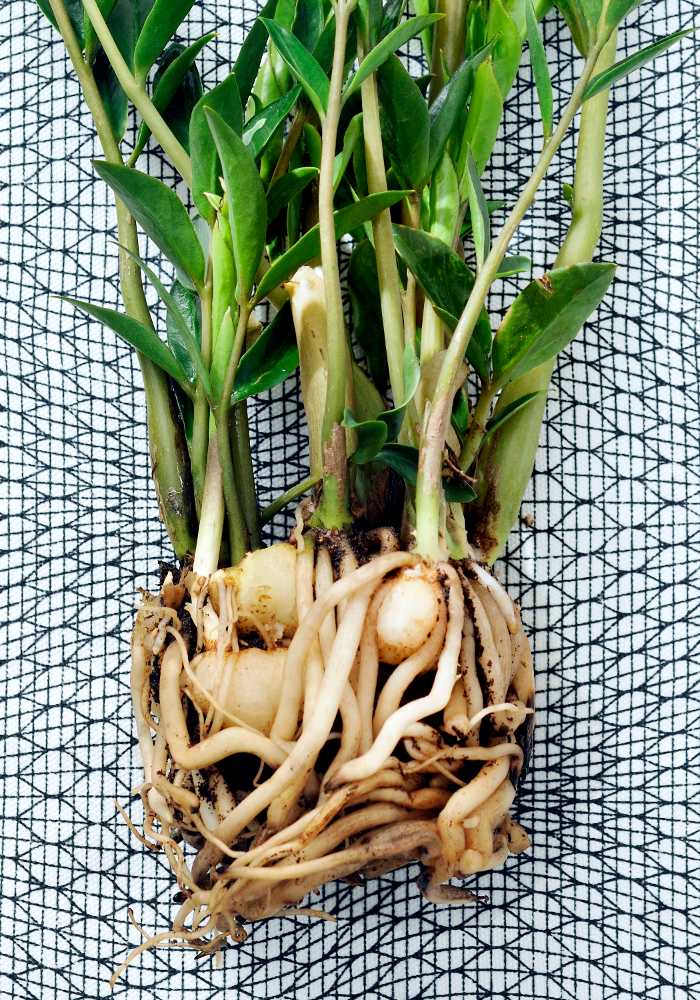



Zz Plant Propagation Made Easy Division Cuttings Seeds With Video
ZZ Plant Rhizomes ZZ Plant rhizomes are typically very round, which may be why many people mistake them as bulbs in the first place These swollen rhizomes are packed full of stored nutrients and water, which can be used by the plant over time These rhizomes are part of the reason that ZZ Plants have the reputation of being one of the easiestThe ZZ plant grows similar to a palm (another name is aroid palm), with stems from the plant base where they are thickened "Stems" are actually the leaves, along which the six to eight pairs of leaflets are neatly arranged While most stems grow upright, ones that arch over and flop may be unattractive and cut off Botanical Name Zamioculcas zamiifolia Common Name ZZ plant Origin Eastern and southern tropics of Africa Deep green leaves that alternate on the stem in a herringbone pattern Plant potted in ecofriendly coconut coir soil made from coconuts Plant will arrive potted in your choice of planter Exclusive versatile sandstone planter Neutral plastic




Multiplying Or Dividing Houseplants Oh The Places You Ll Grow
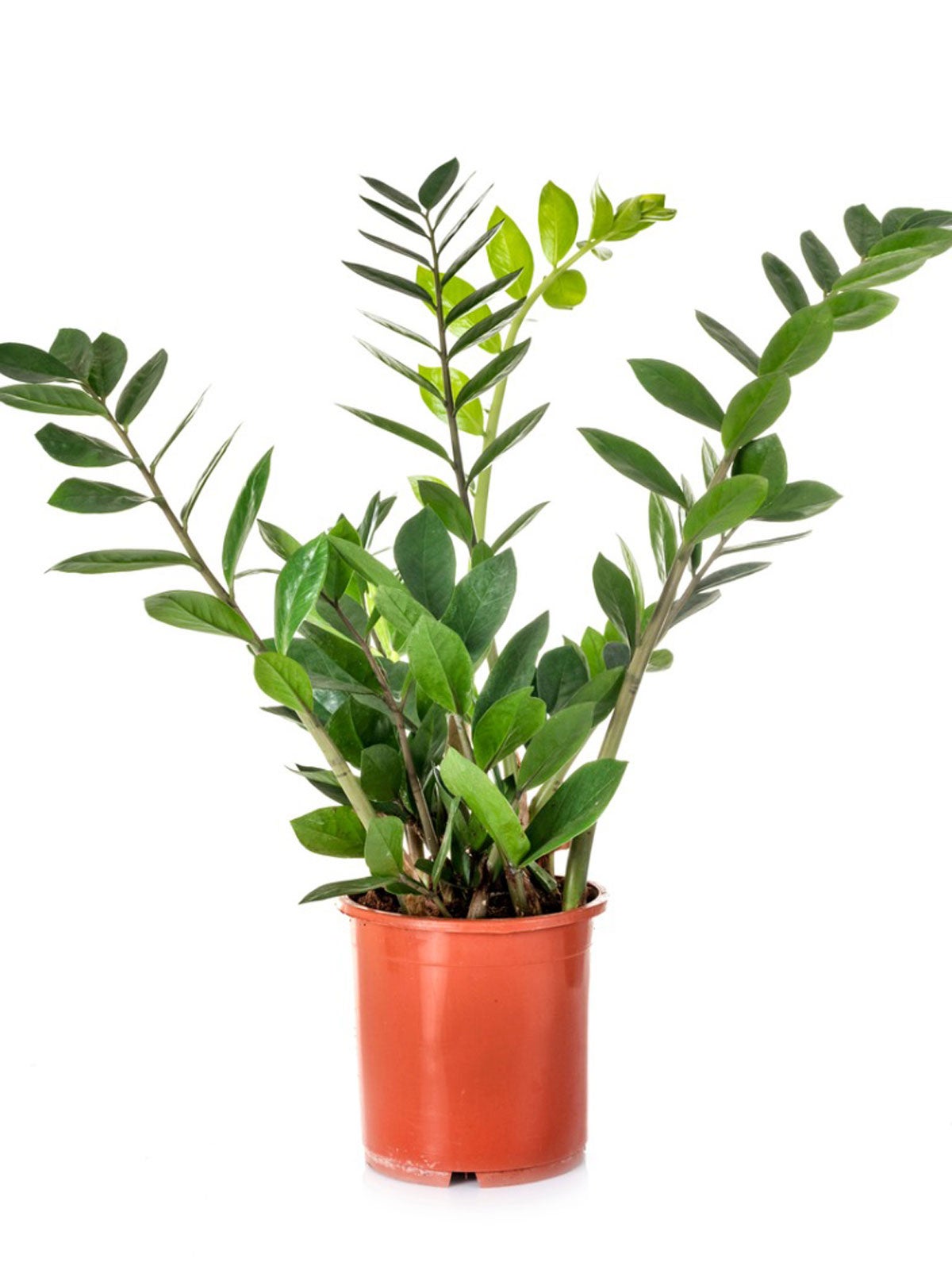



Zz Plant Leaf Propagation How To Root Zz Plant Cuttings
Root rot is the most common problem with ZZ plants, caused by overwatering When the soil isn't able to dry between waterings and the tuberlike roots are sitting in wet conditions they can develop root rotZZ plants are poisonous to both humans and pets They can cause allergies such as irritation on the skin or eyes if their sap comes in contact ZZ plant can also cause nausea, vomiting, stomach ache, and diarrhea if ingested But in most cases, these plants are safe until ingested in large quantities Also known as fern arum, emerald palm, aroid palm, Zanzibar gem, Zuzu plant, eternity plant and fat boy, the ZZ plant is native to eastern Africa There, it's subject to long periods of drought, followed by a periods of heavy rainfall, and stores water in




Potting Houseplants A Plant Haul And Saving My Zz Plant From Root Rot Youtube




Sansevieria Snake Plant Zz Plant Propagation In Water From 0 To 1 Year Youtube
Zamioculcas zamiifolia, better known as the ZZ or zeezee plant, is a universally popular houseplant due to its foolproof maintenance requirementsZZ plant care instructions are about as easy as The ZZ Plant is one of nature's hardiest house plants, capable of surviving weeks on end without water OR direct sunlight, this is a fastgrowing plant whose leaves will absolutely "wow" you What's even better is that ZZ plant propagation is SUPER easy, meaning it's BEYOND simple to make more plants out of the ones you already have ZZ — shorthand for the plant's tonguetangling botanical name, Zamioculcas zamiifolia — may be the solution for anyone who wishes they could grow something — anything — without much attention and hassle, and better still if it can thrive on neglect While a ZZ left completely on its own in a dark closet will eventually falter and fail, it is much less fussy and more
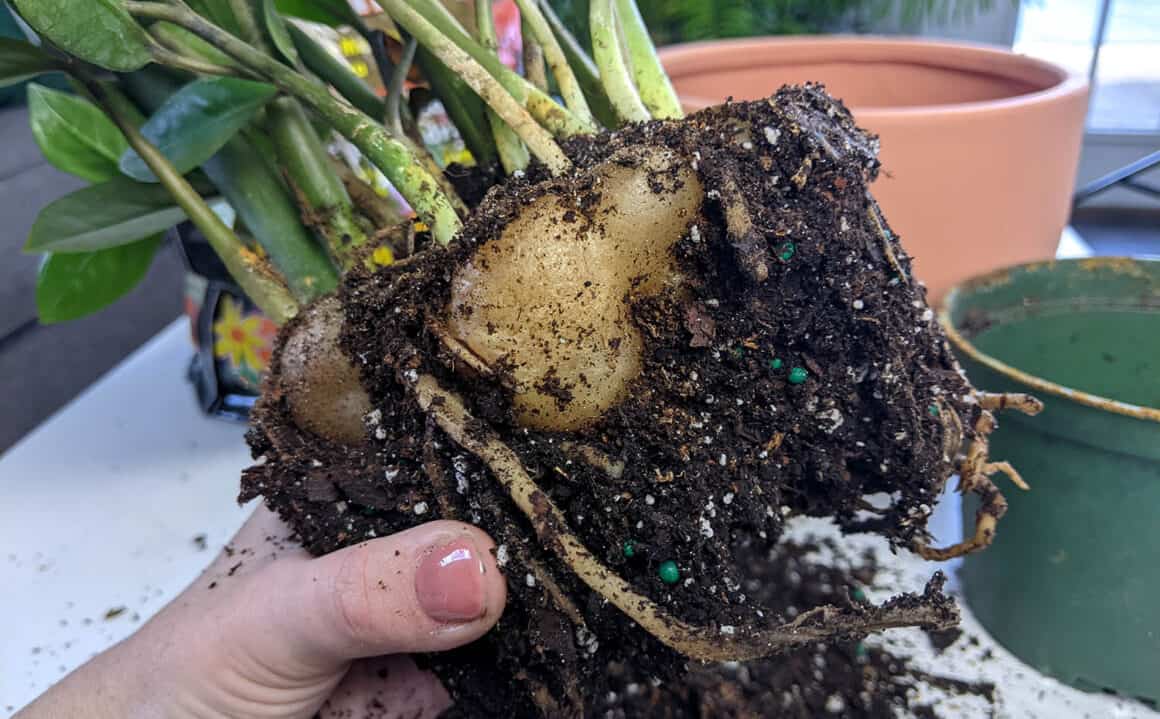



The Complete Guide For Repotting Zz Plants The Healthy Houseplant
/zz-plant-pot-f34da789c4c14ef7a247ebafcff7e9c3.jpg)



Zz Plant Aroid Palm Care Growing Guide
No, Zz plants don't like to be root bound, because Zz plants have rhizomes (underground stem) attached with every stem that takes up a lot of space, with each new stem it starts to get too crowded and its health deteriorates When your zz plant is root bound it is best to repot itThe ZZ Plant that we have propagated in water is doing fantastic and we are seeing a lot of new roots pop out all over the place!About the ZZ Plant Zamioculcas Zamiifolia or the ZZ Plant (say Zee Zee Plant) is an uncomplicated and easy to care for popular houseplant for your home or office As well as being a cinch to keep alive (further into this article we'll give you a step by step care guide for keeping your plant healthy), the other advantage of this newish introduction to the world of houseplants is
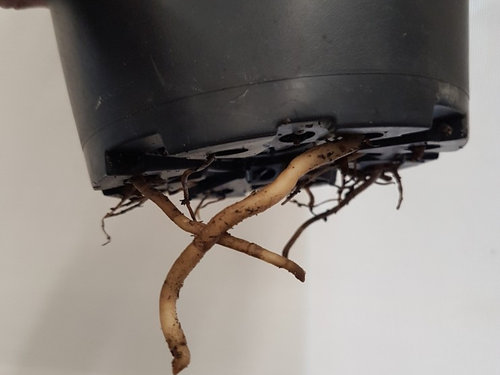



Does This Zz Plant Need Repotting Or Something Else




Zz Plant In Icu Root Rot Due To Water Need Help Quickly Gardening Landscaping Stack Exchange
Step 2 Prune Back Damaged ZZ Roots If you examine your roots and find that they are black, brown, mushy, or slimy, these roots will need to be pruned immediately to allow your ZZ the best chance at survival When doing any type of pruning, it is important to make sure the tools you use are sharp and cleanIn Tanzania a poultice of bruised plant material from Z zamiifolia is used as a treatment of the inflammatory condition known as "mshipa" Roots from Z zamiifolia are used as a local application to treat ulceration by the Sukuma people in northwestern Tanzania Your ZZ plant is turning brown as a result of overwatering or leaf burn The two causes give leaves that have similar brown coloration but overwatered brown ZZ plant leaves tend to be wet, whereas sunscorched brown leaves are usually dry and crisp I will go into greater detail on each of these reasons and what you can do to prevent them both




Zz Plant Repotting And Care Check Out These Crazy Roots Youtube
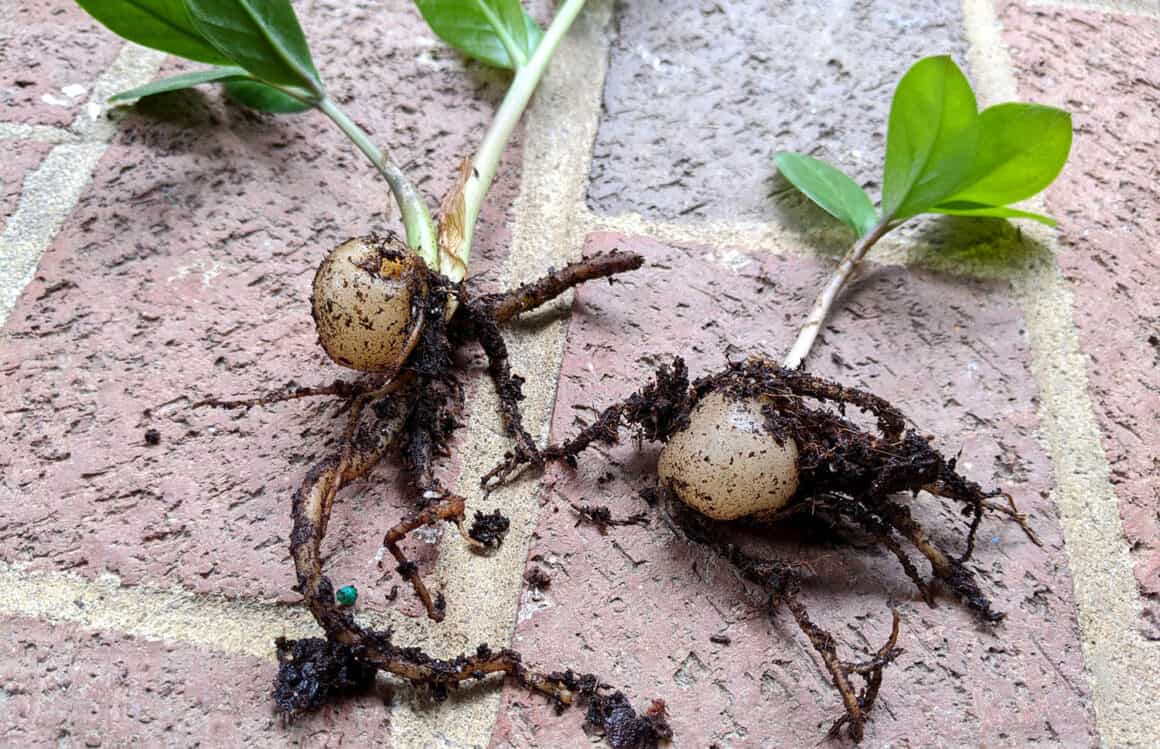



Do Zz Plants Like To Be Rootbound When Is It Time To Replant The Healthy Houseplant
ZZ Plant, or Zamioculcas Zamiifolia, is a tropical plant grown frequently as a houseplant This plant is known for its droughttolerance, and generally requires watering only once every 23 weeks ZZ Plant is also not prone to common plant diseases or pests, and thrives even inSince ZZ plant is a slow grower and doesn't mind living in cramped quarters, you don't need to repot it often If you want to keep your plant the same size, repot it every two years or so to refresh the soil and improve drainage, putting it back in the same container after trimming away overgrown roots and stems




Zz Root High Resolution Stock Photography And Images Alamy




Plant Rehab Stopping The Zz Plant From Going Zzzzzzz Cabby Craft



Slumping Browning Zz Plant Ubc Botanical Garden Forums



1




Zz Plant Care 101 This Houseplant Care Routine Is Just Shy Of Too Easy Bob Vila




Photo Of Zz Plant Zamioculcas Zamiifolia Root Ball And Rhizomes Of Zz Plant Garden Org




Propagating A Zz Plant By Division Getting 3 Plants From 1



My Zz Plant Got Root Rot Help Houseplants




Everything You Need To Know About Zz Plants Gardenista




Zz Plant Propagation Three Methods The Contented Plant
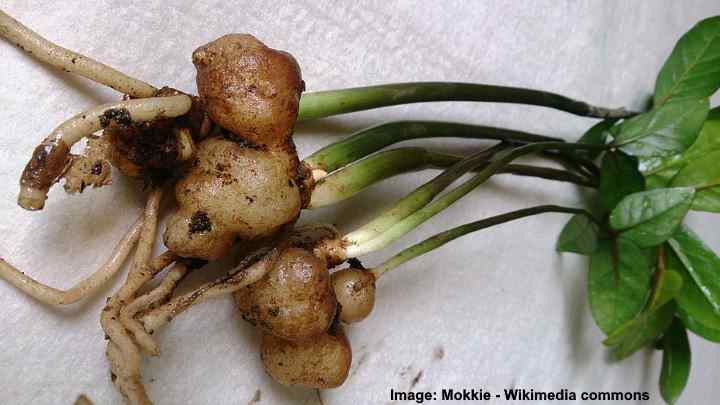



Zz Plant Guide Zamioculcas Care Propagation Toxicity And More




Does Zz Plant Like To Be Root Bound Signs When To Repot Simplify Plants



I Think This Zz Plant Was A Little Bit Root Bound Indoorgarden




Bloombox Club We Love To See Amazing Plant Roots Like These We Could Follow The Trails Of These Zz Roots Endlessly Repotting Can Be Such A Rewarding Pastime Knowing That Your
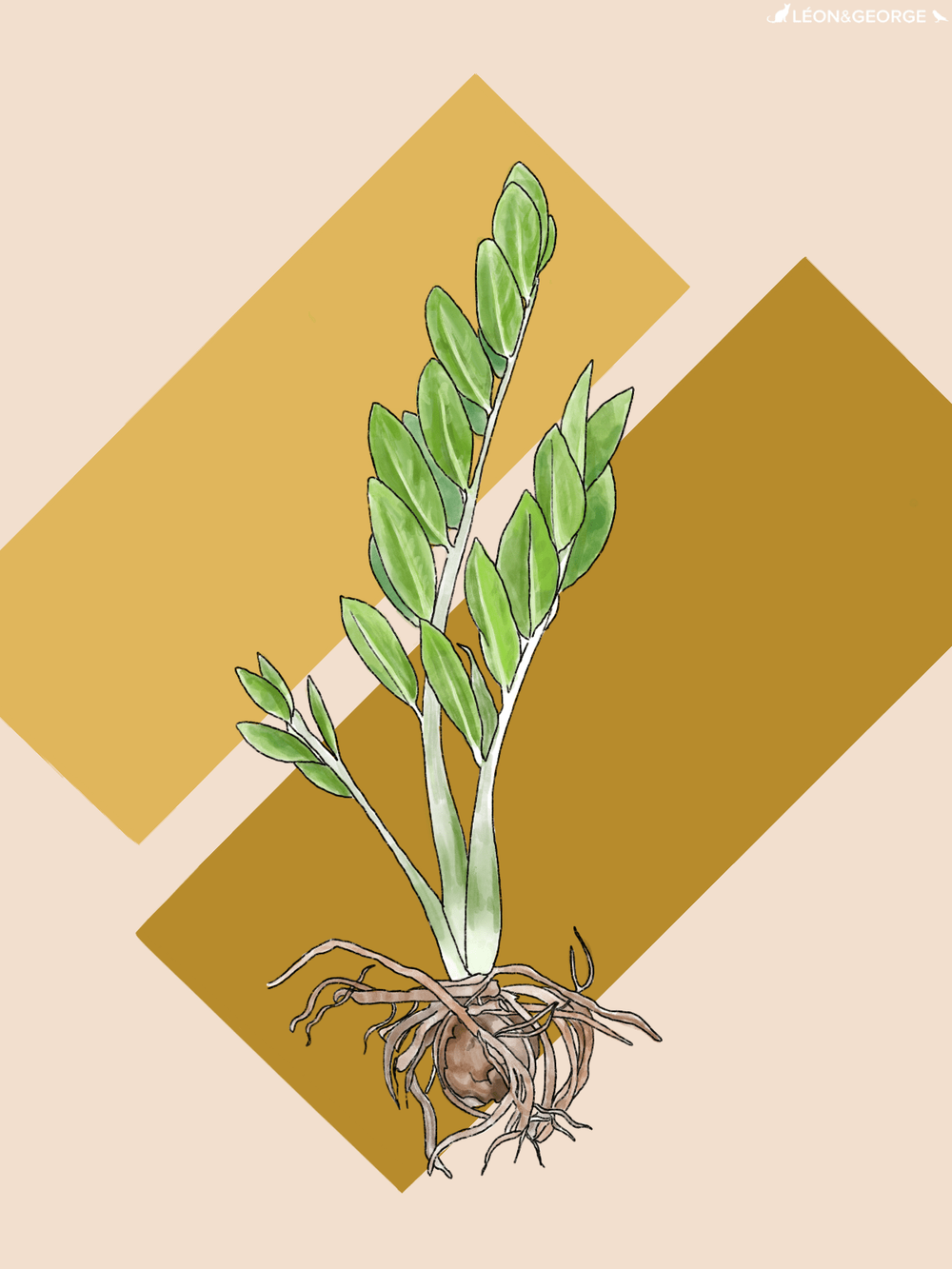



How To Care For And Grow Your Zanzibar Gem Plant Care Tips And More La Residence




Propagating A Zz Plant Rooting Stem Cuttings In Water




Does Zz Plant Like To Be Root Bound Signs When To Repot Simplify Plants




Zz Plant Propagation How To Propagate A Zz Plant




Raven Zz Plant Etsy




Propagating A Zz Plant Rooting Stem Cuttings In Water 5 Steps Instructables




Propagating A Zz Plant By Division Getting 3 Plants From 1
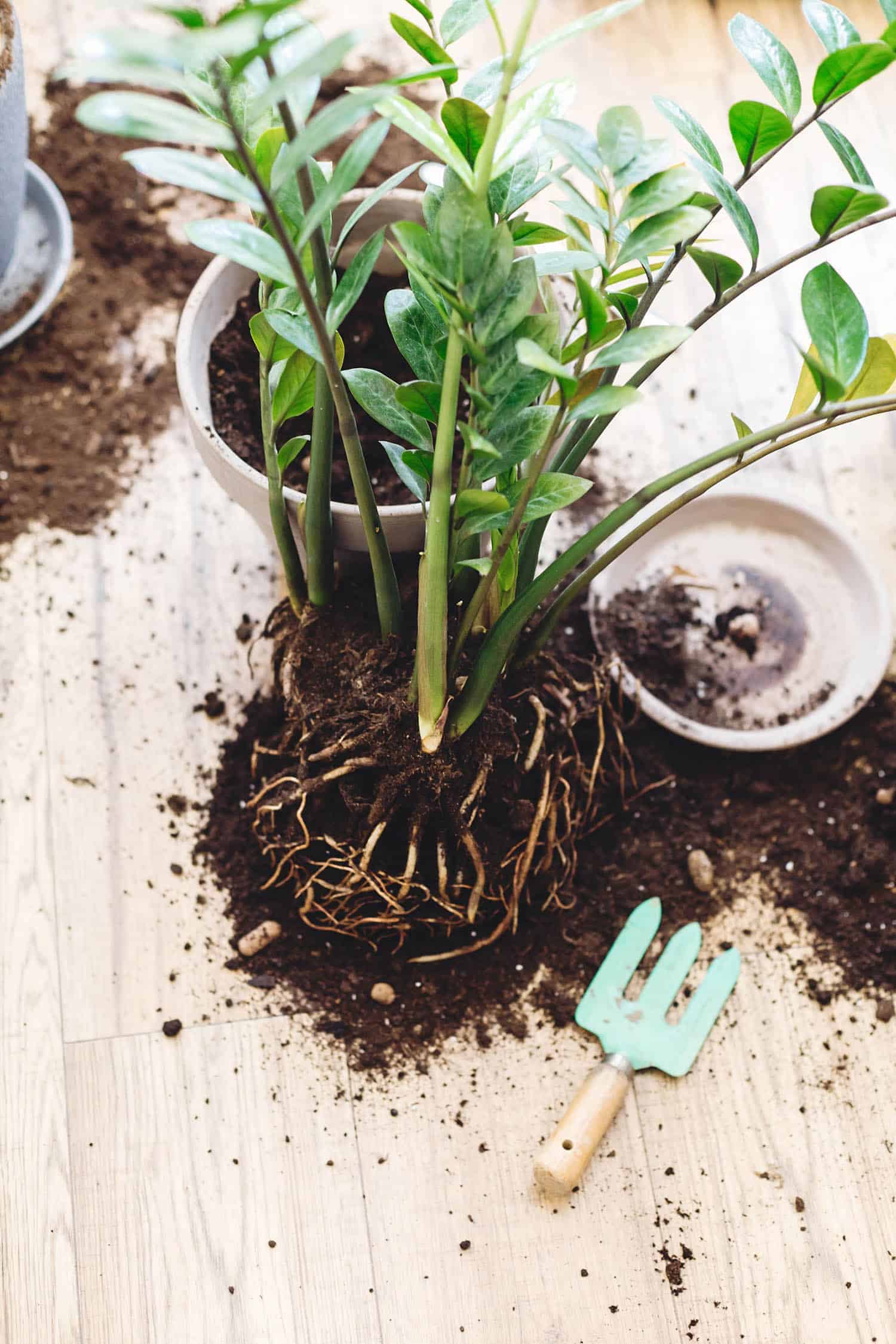



How To Save A Zz Plant From Root Rot A Step By Step Guide The Healthy Houseplant
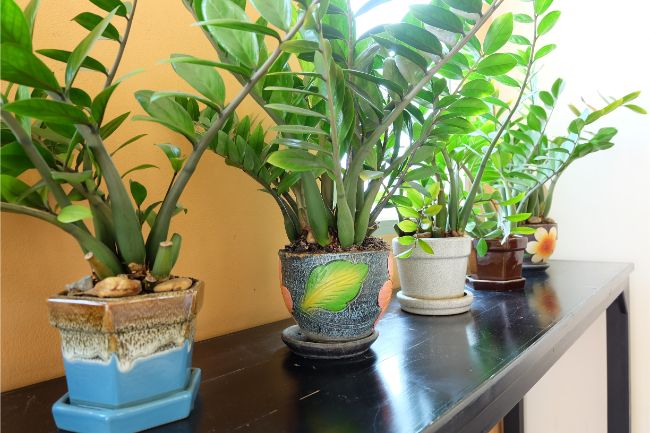



Why Are My Zz Plant Stalks Falling Over Smart Garden Guide
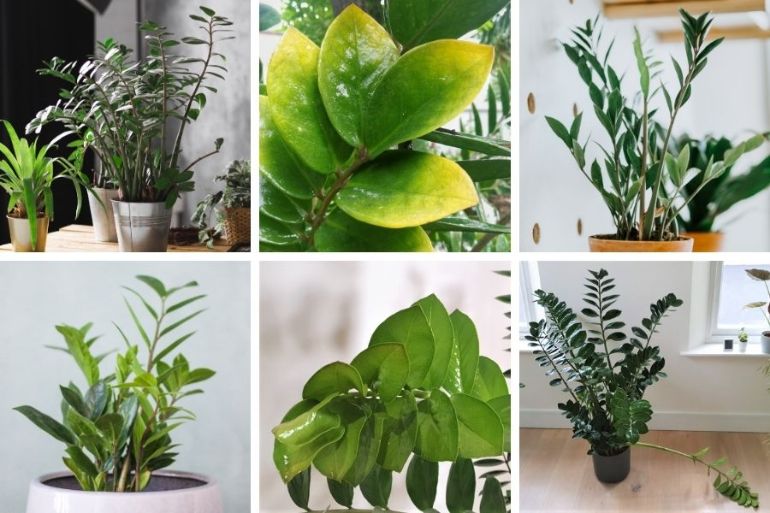



9 Zz Plant Problems And How To Fix Them Smart Garden Guide



Dividing A Zamioculcas Zamiifolia Zz Plant Jack Wallington Garden Design Ltd




Ask A Question Forum Zz Plant Stem Rotting Garden Org
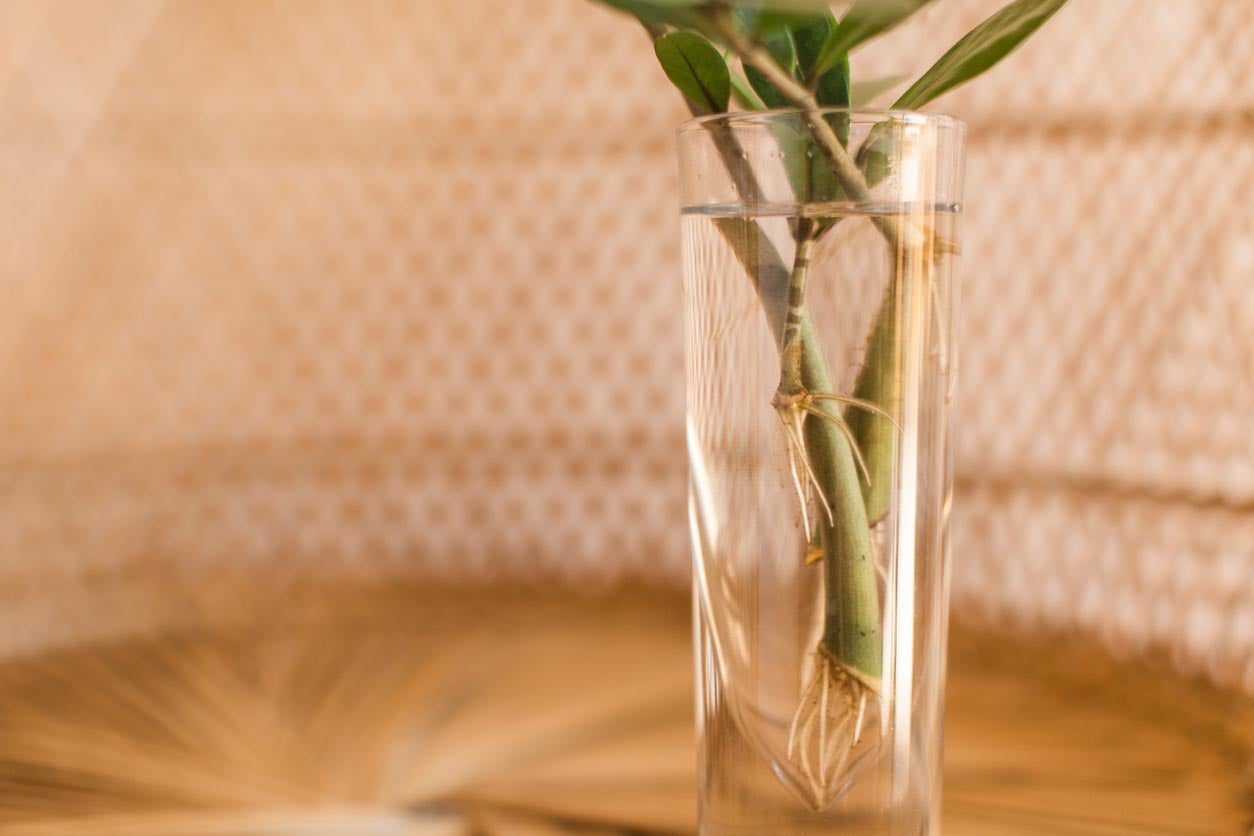



Zz Plant Care 101 This Houseplant Care Routine Is Just Shy Of Too Easy Bob Vila




How To Save Zz Plant From Root Rot Step By Step Garden For Indoor




Succulent Native We Don T Hate We Propagate Check Out The Root Nods On This Propagated Zz Plant From Livelikearedhead I Ve Noticed That The Zz Plant Snake Plant Take The Longest




Buy Zz Plant Cutting Rooted 30 Cm Candide Gardening




Why Does Zz Plant Root Bulb Get Exposed Indoor Mint




Should You Up Pot Your Plants In The Fall The Houseplant Guru




Plantfiles Pictures Zamioculcas Species Aroid Palm Succulent Philodendron Zanzibar Gem Zz Plant Zamioculcas Zamiifolia By A Caruso



Dividing A Zamioculcas Zamiifolia Zz Plant Jack Wallington Garden Design Ltd




Pin On For Plants
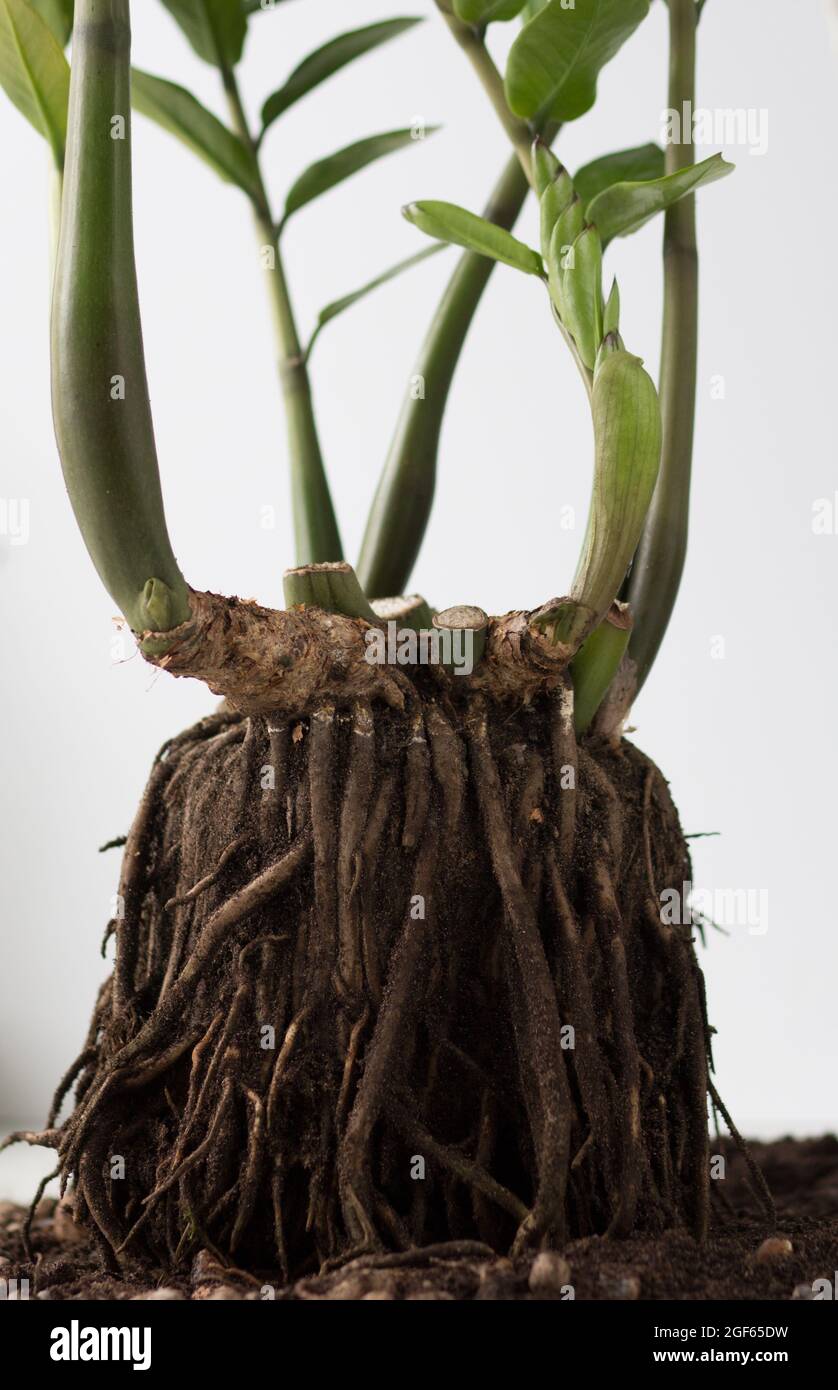



Zz Root High Resolution Stock Photography And Images Alamy
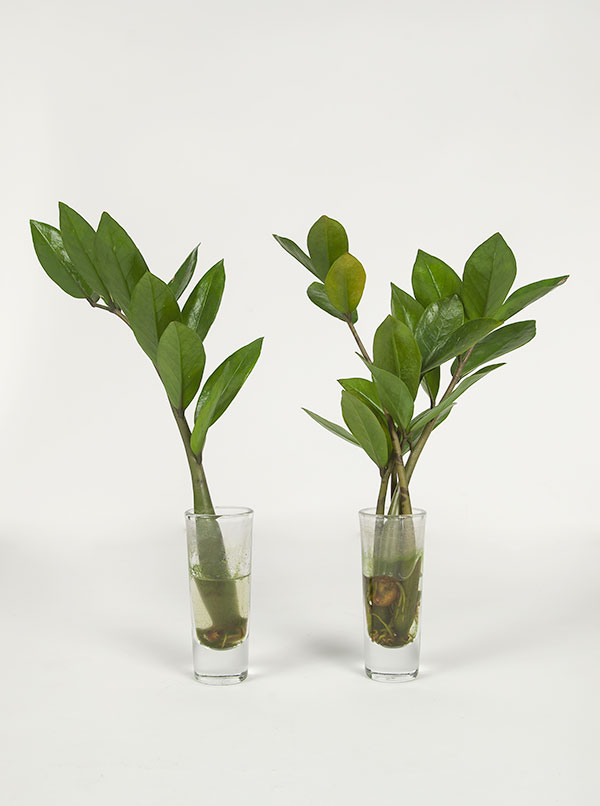



Wild Interiors How To Propagate A Zz Plant




How To Grow A Zz Plant Aroid Palm Dengarden




Houseplants Forum Zz Plant Help Garden Org
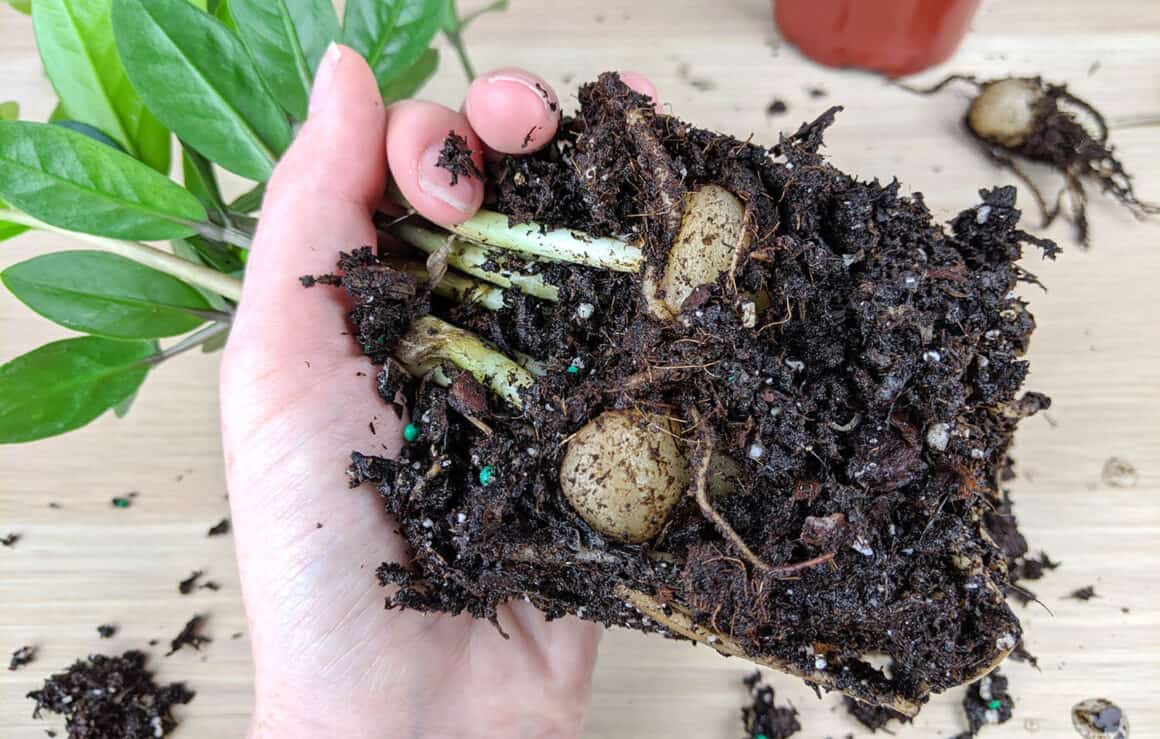



How To Save A Zz Plant From Root Rot A Step By Step Guide The Healthy Houseplant




Why Does My Zz Plant Have Yellow Leaves Learn Why




3 Easy Ways To Propagate Houseplants Mulhall S
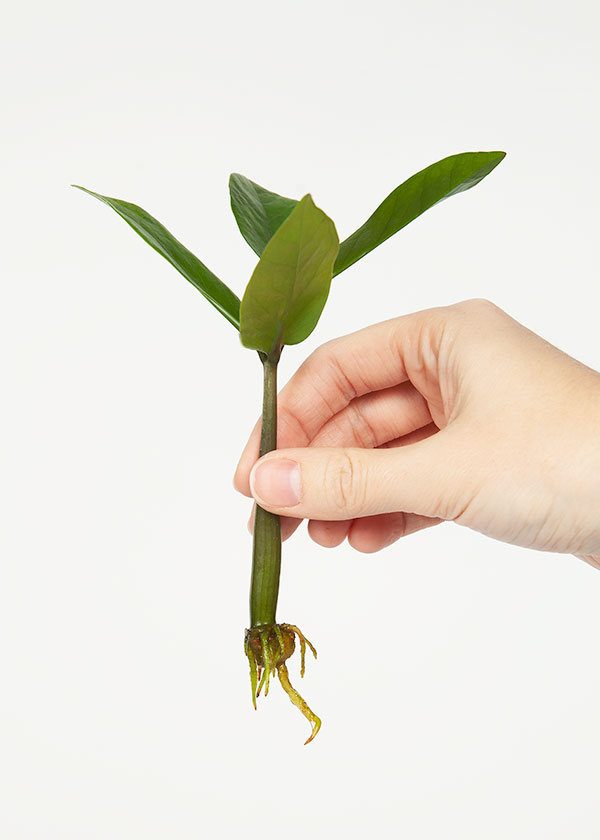



Wild Interiors How To Propagate A Zz Plant



Dividing A Zamioculcas Zamiifolia Zz Plant Jack Wallington Garden Design Ltd




Zz Plant Drooping Stems 7 Causes For Droopy Yellowing Stalks At Home With Hues At Home With Hues
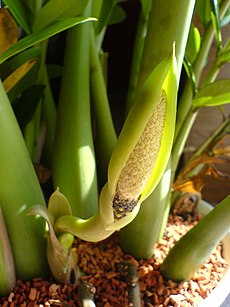



Zamioculcas Wikipedia




How To Care For The Stunning Raven Zz Plant How To Propagate It




Gone Gardenin Zz Plant Is The Perfect Fit For Home Or Office Brandon Sun
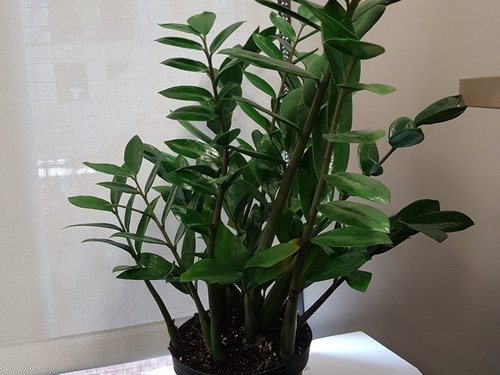



Does This Zz Plant Need Repotting Or Something Else




Zz Plant c Gardeners World Magazine




Zz Plant Bulb Stem Leaf Propagation In Soil Youtube




Zz Plant Propagation Three Methods The Contented Plant
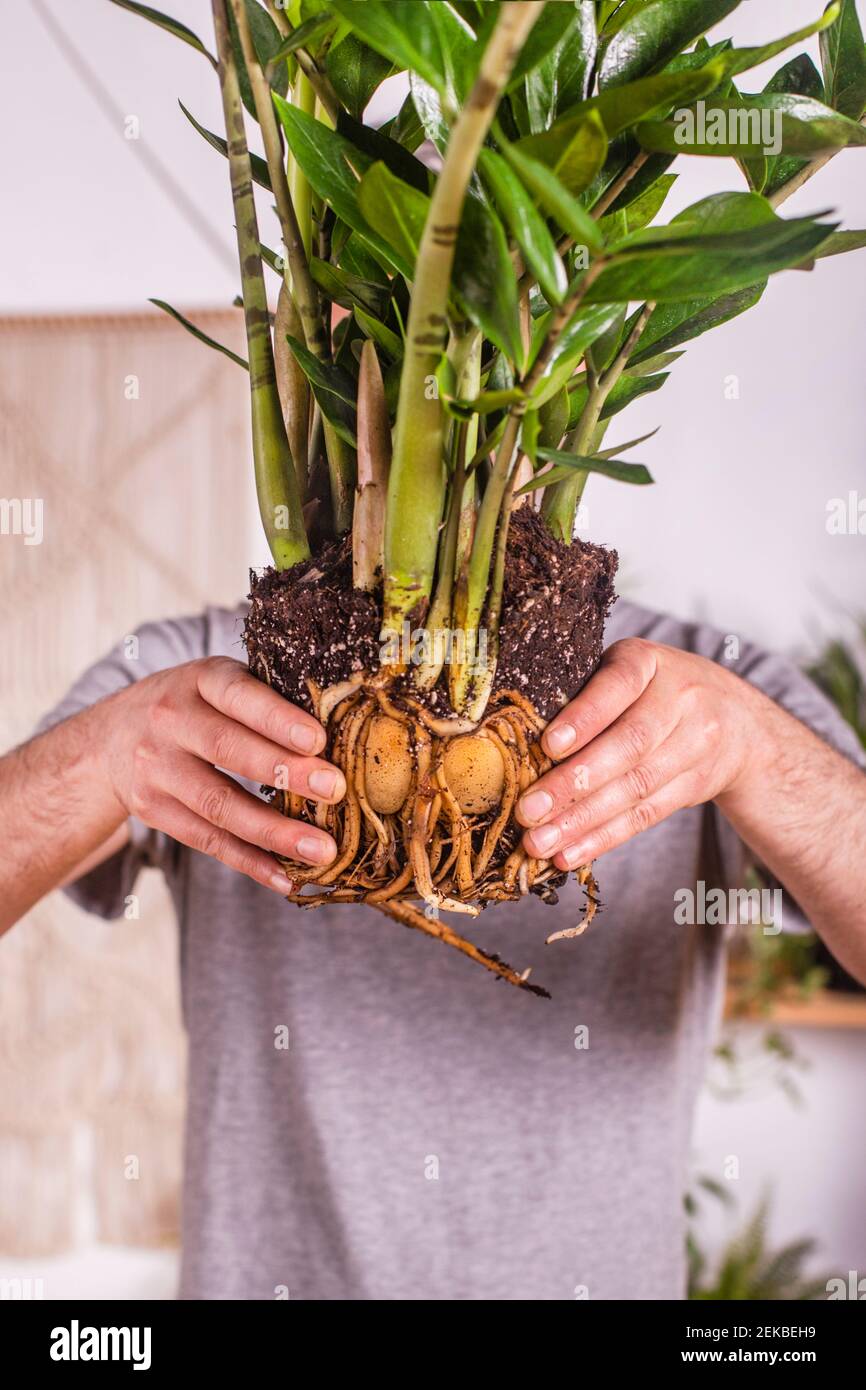



Zz Root High Resolution Stock Photography And Images Alamy




5 Things I Learned From Repotting My Giant Zz Plant And How To Do It My Tasteful Space




Propagating Zz Plants Easily Zamioculcas Zamiifolia




Why Is My Zz Plant Turning Brown And How To Fix It Garden For Indoor




Zz Plant Zamioculcas Zamiifolia Information And Care Guide Our House Plants




How To Root A Zz Plant Cutting In Water Home Made By Carmona




How To Care For A Zz Plant A Great Beginner Plant Growfully



1




Propagating A Zz Plant Rooting Stem Cuttings In Water 5 Steps Instructables




Plant And Beleaf On Instagram Here S Some Rhizome And Root Action For You As This Zz Plant Undergoes A Repot And Division Plants Zz Plant Palm Tree Flowers




Zz Plant Zamioculcas Zamiifolia Aroid Palm How To Grow And Care Plantopedia




5 Things I Learned From Repotting My Giant Zz Plant And How To Do It My Tasteful Space




Zz Plant Zamioculcas Zamiifolia Information And Care Guide Our House Plants




Propagate With Me How To Root Snake Plants Zz Plants Tips For Successful Propagations Houseplanthouse




The Planting Of Zz Plant Zamioculcas Zamiifolia Kalliergeia




Zz Plant Propagation Three Methods The Contented Plant




How To Root A Zz Plant Cutting In Water Home Made By Carmona




Everything You Need To Know About Zz Plants Gardenista




Zz Plant Etsy



How Should I Proceed With This Root Bound Zz Plant I Just Bought From Home Depot Houseplants




Plantfiles Pictures Zamioculcas Species Aroid Palm Succulent Philodendron Zanzibar Gem Zz Plant Zamioculcas Zamiifolia By Wuvie




Repotting Zamioculcas Plant In Modern Pot Zz Roots Leaves Pot Drainage Tools Soil On Floor Stock Photo By Sonyachny




Zz Zenzi Zamioculcas Zamiifolia Rare Depop
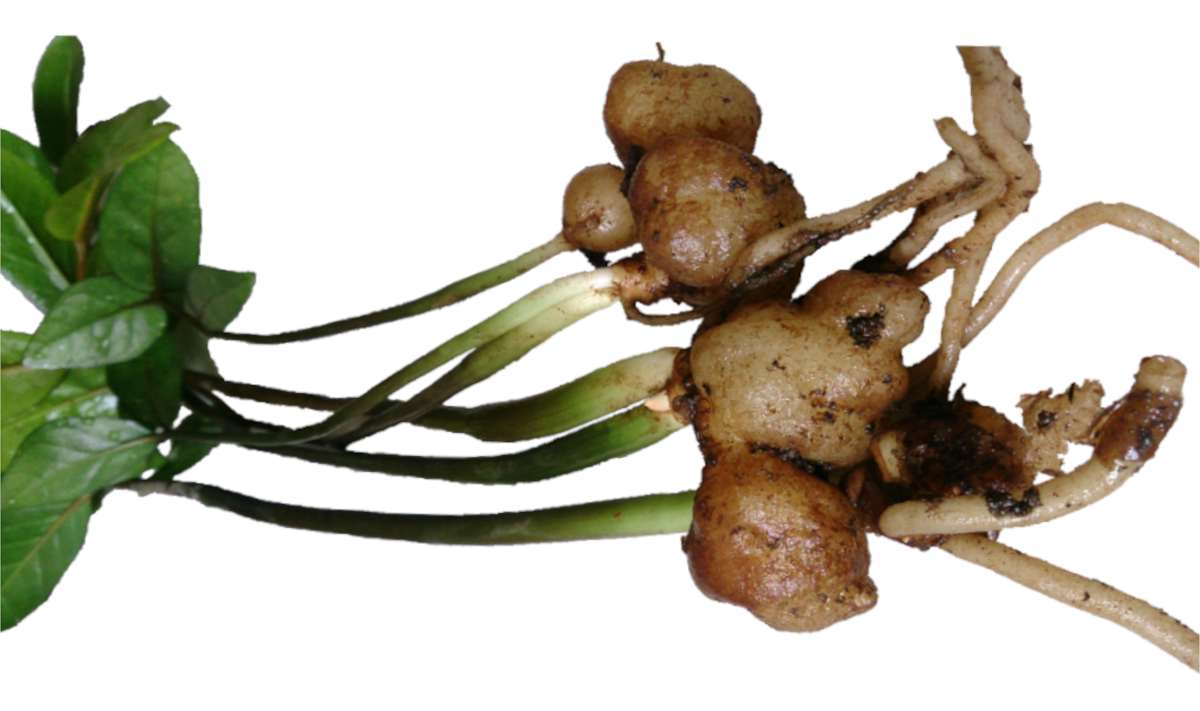



Zz Plant Propagation Made Easy Division Cuttings Seeds With Video



1
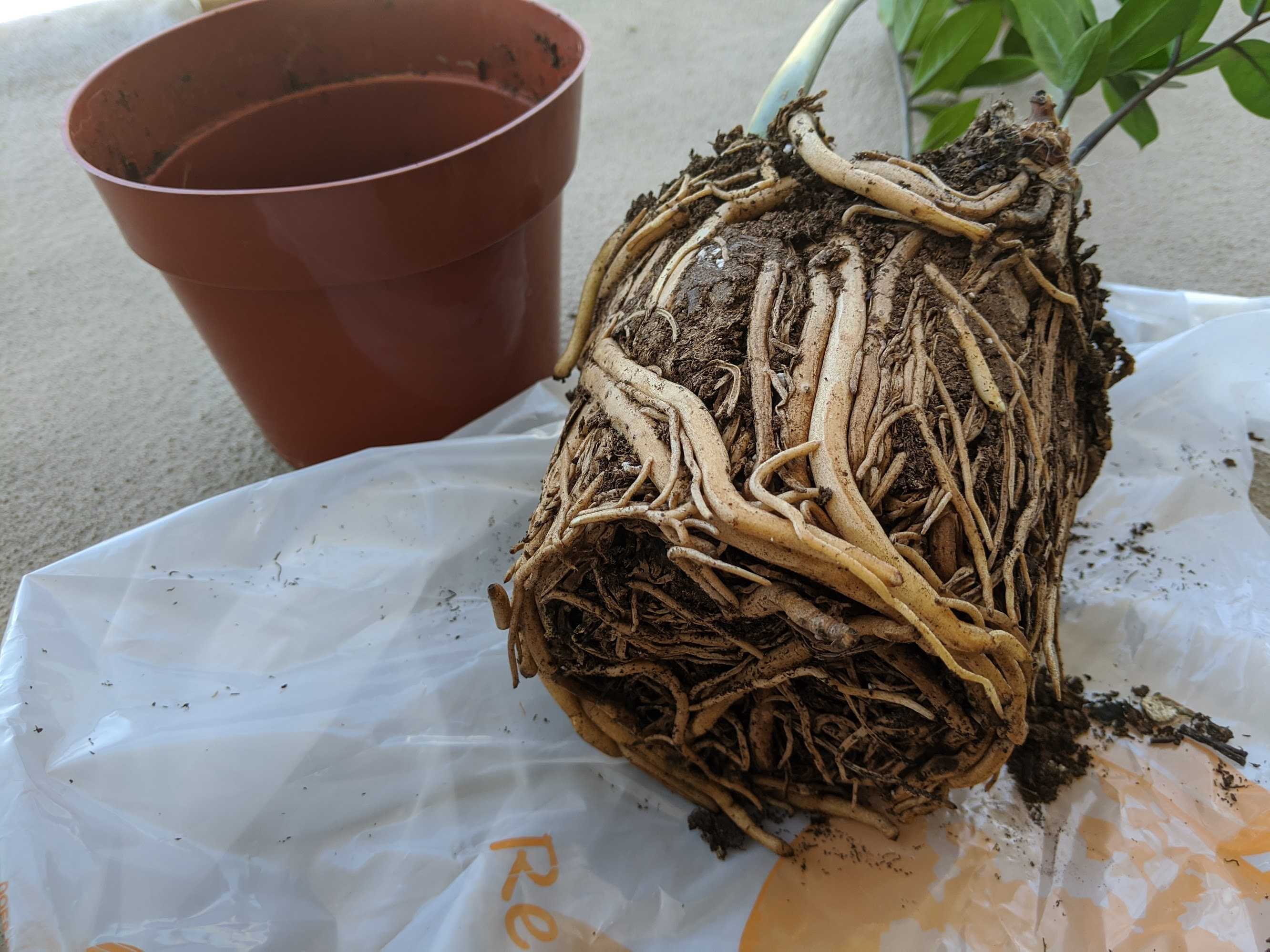



Replanting Zz Meechanism



Some Thicccc Zz Plant Roots Houseplants




How To Root A Zz Plant Cutting In Water Home Made By Carmona


